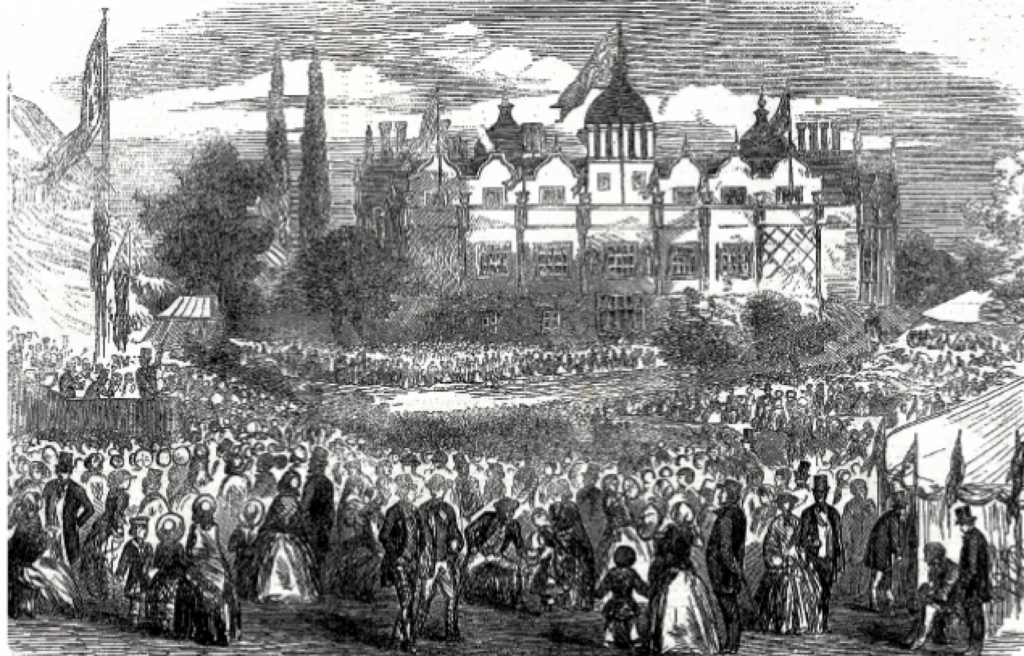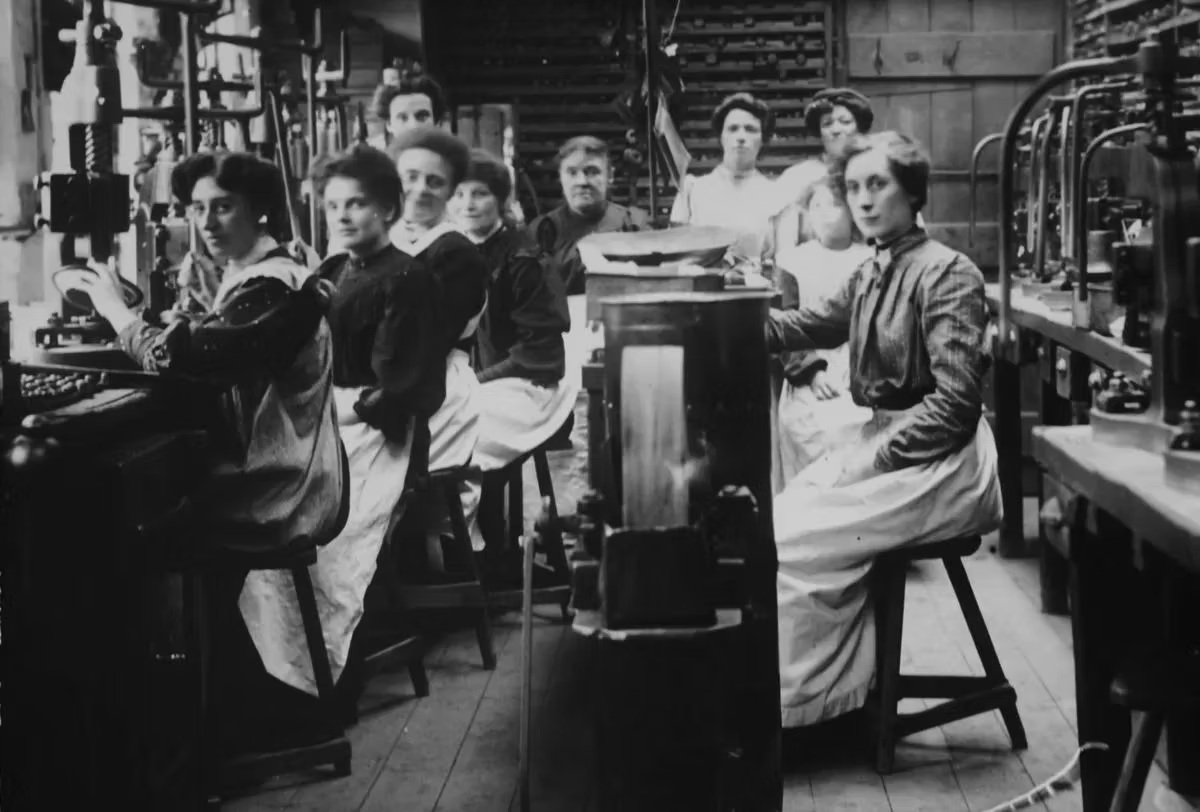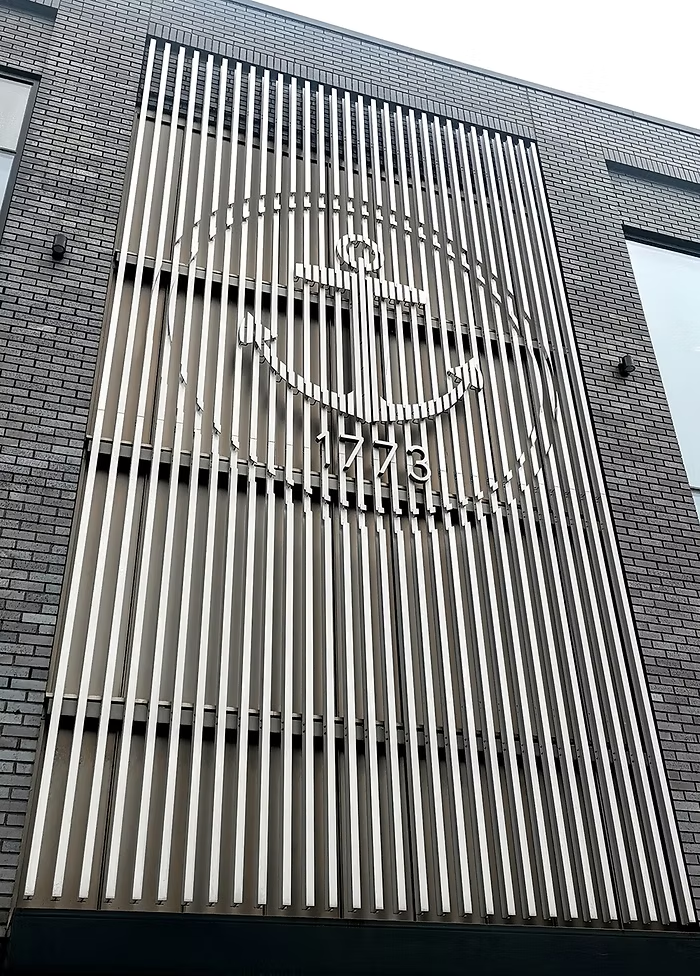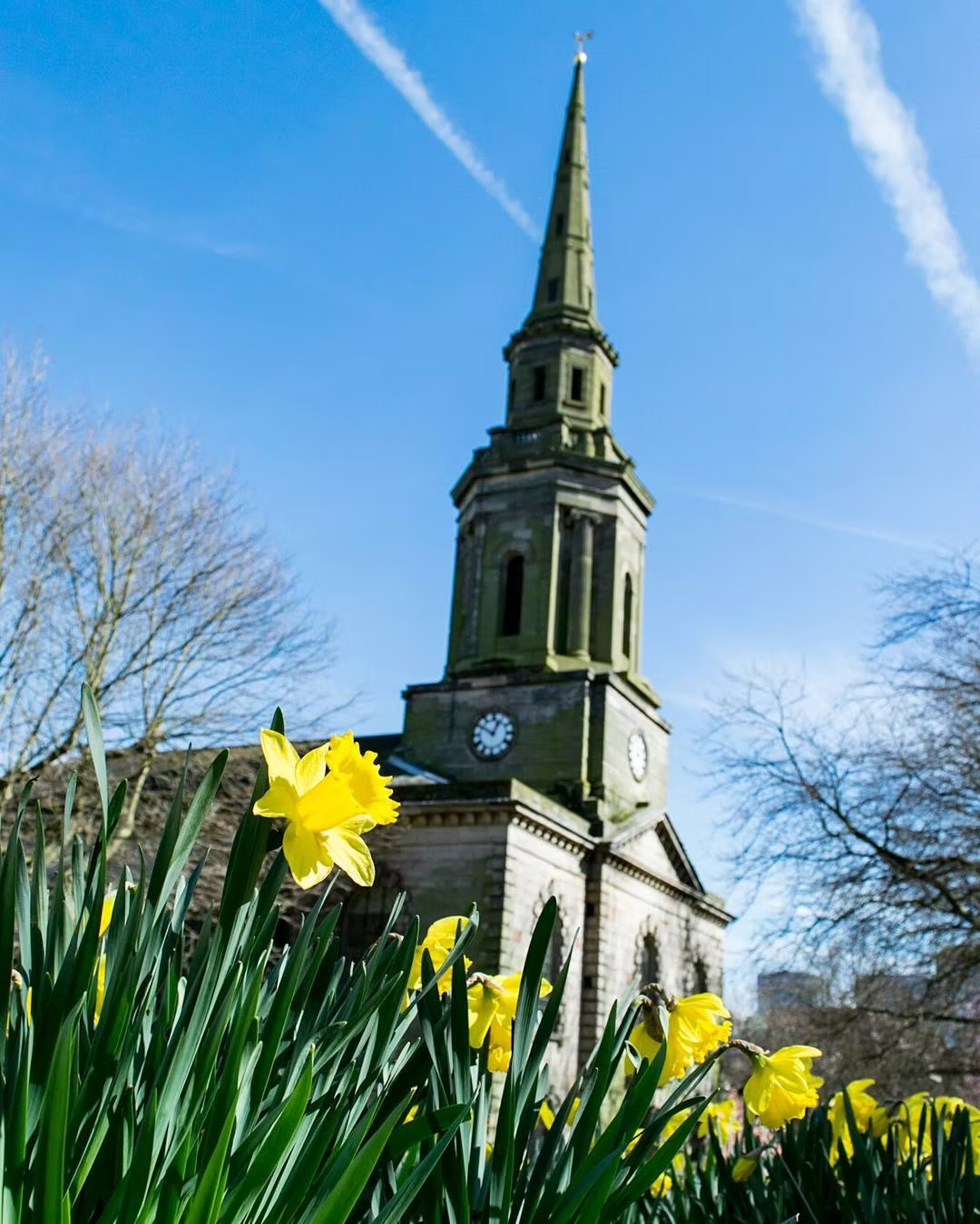The Jewellery Quarter in Birmingham is one of the most historic centres of jewellery making in the world, with a legacy that stretches back over 250 years. It became synonymous with both fine jewellery and innovative metalwork, playing a central role in Britain’s industrial and cultural development. Here’s an overview of its history, with a focus on diamonds and jewellery:

Origins (18th Century)
- The story begins in the mid-1700s, when Birmingham was at the heart of the Industrial Revolution.
- Skilled metalworkers and goldsmiths, benefiting from the city’s booming manufacturing culture, began specialising in small luxury goods: buttons, buckles, snuff boxes, and eventually jewellery.
- By 1760, Birmingham was already known for “toy making” – not children’s toys, but fine metal trinkets – which laid the foundation for jewellery craftsmanship.

19th Century Expansion
- By the early 1800s, jewellery making had become one of Birmingham’s major industries.
- The opening of Assay Office Birmingham in 1773 gave the Quarter legitimacy and authority. Hallmarking ensured quality standards for gold and silver, boosting confidence in Birmingham-made jewellery.
- The Victorian era saw a surge in demand for sentimental jewellery, mourning pieces, and diamond-set items as diamonds became more accessible after major discoveries in South Africa (1867).
- Thousands of independent workshops and small family businesses sprang up, creating a dense hub of jewellery production. By 1880, around 30,000 people worked in jewellery and related trades in Birmingham.

Diamond Trade and Global Connections
- With the influx of South African diamonds in the late 19th century, Birmingham jewellers quickly adapted, specialising in diamond engagement rings and other fine jewellery for the growing middle class.
- The Jewellery Quarter became known for mass-producing affordable diamond jewellery, which allowed diamonds to reach beyond the aristocracy into mainstream British society.
- Birmingham firms exported worldwide, supplying the British Empire and beyond.

20th Century: Innovation and Challenges
- The Quarter thrived in the early 20th century, producing not only diamond jewellery but also watches, silverware, and medals.
- It became the site of prestigious companies such as Deakin & Francis (1786), known for luxury cufflinks and fine pieces.
- However, two World Wars disrupted trade. Workshops turned to producing military items, from badges to munitions components.
- Post-war, cheap imports and changing tastes hit the industry, and employment numbers declined sharply after the 1960s.

Revival and Heritage (Late 20th – 21st Century)
- Despite decline, the Quarter retained its reputation for craftsmanship and bespoke jewellery.
- In the 1980s–90s, heritage preservation efforts and urban regeneration revived the area, turning it into both a tourist destination and a hub for contemporary jewellers.
- Today, the Jewellery Quarter houses over 700 jewellery-related businesses, including diamond setters, designers, and retailers.
- It remains home to Assay Office Birmingham (relocated to a new building in 2015), still one of the busiest in the world.
- The Quarter is known as the largest concentration of jewellery businesses in Europe, producing around 40% of the UK’s jewellery.

Diamonds and Jewellery Today
- Birmingham’s Quarter blends history with modernity: traditional diamond cutting and setting techniques survive alongside computer-aided design (CAD) and ethical sourcing practices.
- Many jewellers highlight heritage, craftsmanship, and bespoke work as their competitive edge against mass production and lab-grown diamonds.
- The area has also become a cultural landmark, with museums (like the Museum of the Jewellery Quarter) showcasing workshops frozen in time, preserving the legacy of its diamond and jewellery trade.

✅ In summary: The Jewellery Quarter of Birmingham rose from 18th-century metalworking roots to become one of the world’s most important jewellery centres. Diamonds, introduced widely in the Victorian era, helped cement its reputation. Though the industry has faced challenges, it continues to thrive as a living link between traditional British craftsmanship and modern global jewellery trends.


